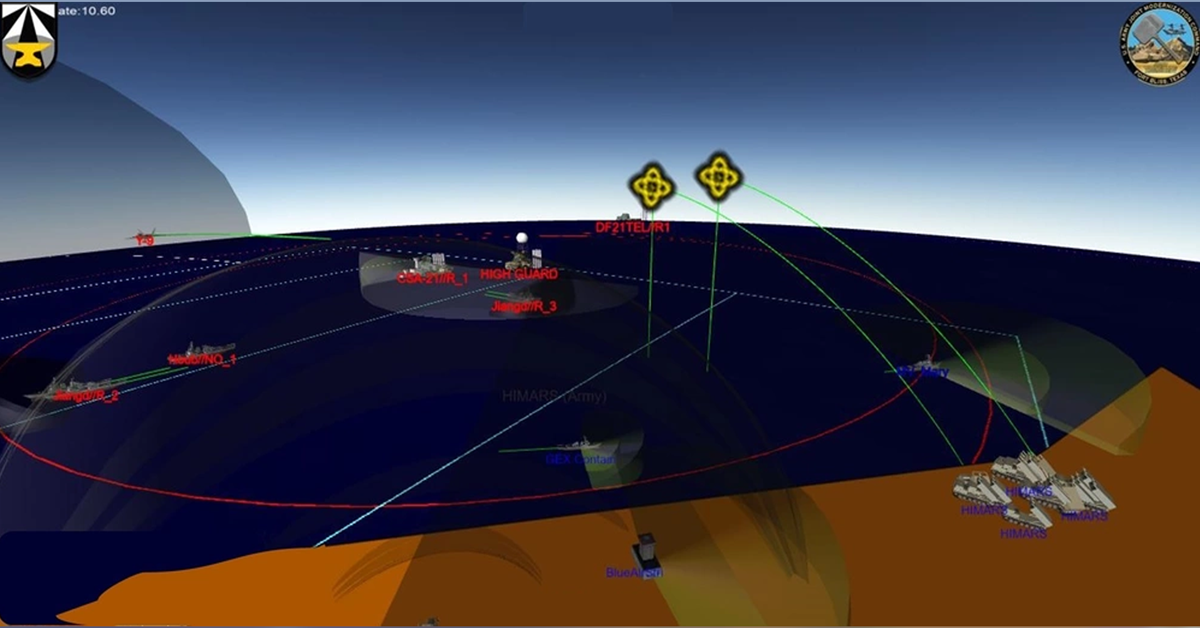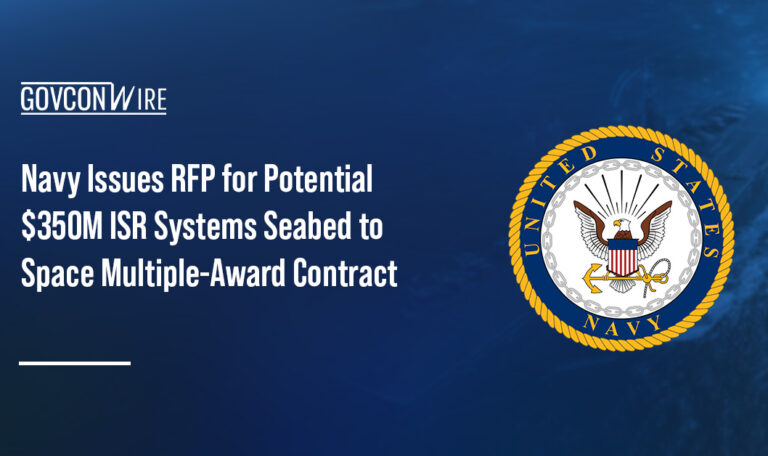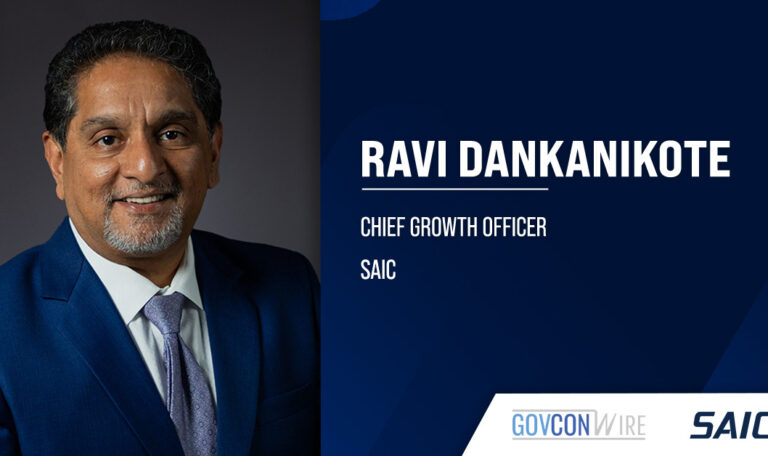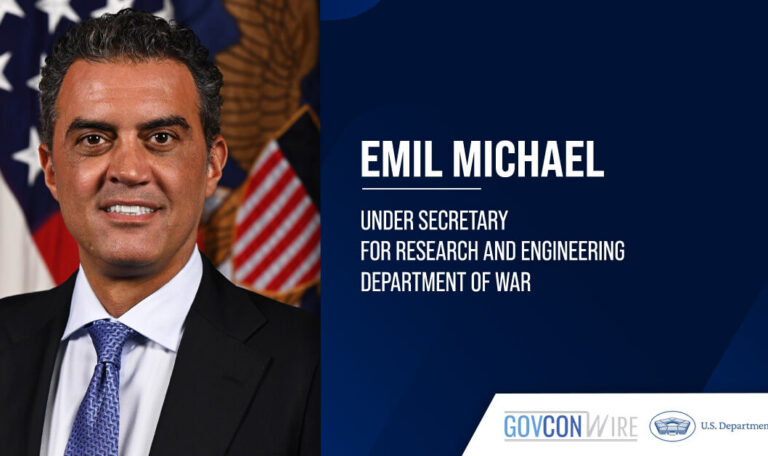The Defense Department’s Joint All-Domain Command and Control initiative is underway within federal agencies and military branches, following the release of the DOD’s JADC2 implementation plan in March 2022.
One central component of JADC2 is modernizing the way mission partners and coalitions share information, especially as today’s defense landscape requires more informed, unified, real-time decision making capabilities than ever before.
However, in order to build these mission partner environments, organizations must overcome a host of challenges surrounding policy, culture, data access and talent shortages, among others.
Capt. Christina Hicks, a commanding officer of the Navy Cyber Defense Operations Command, said risk management is one key area in which the Navy’s policy is not pacing its technology.
The service branch has been following compliance-based and risk averse policies, but the Navy’s track record has shown that these approaches don’t work, Hicks explained.
“They’re really hampering our ability to onboard new technology and even just to upgrade our existing infrastructure at a pace that protects us from our threats,” Hicks said of the compliance-focused mentality during the Potomac Officers Club’s The Future of Mission Partner Information Sharing Forum.
“The reality is our adversaries are not afraid to take risks,” she added. “They’ll out maneuver us every time if we don’t adjust our policies to have more realistic expectations regarding risk and to prioritize agility.”
Agility should also be a key element in the way services access data. However, that agility should not compromise security, said Brig. Gen. Jacqueline “Denise” Brown, director of J6 Command, Control, Communications and Cyber for the U.S. Indo-Pacific Command.
“This data-centric approach means that a user is constantly monitored to determine that they deserve access to the information itself,” she stated. “As levels of trust may change it provides this agility for us to adjust what data we share with partners at any given time.”
Another area of a necessary adjustment exists on a foundational level. Transforming information sharing, and in a broader sense accelerating progress for JADC2, will require the entire Defense Department enterprise and its industry partners to undergo a cultural shift at the personnel level.
“The technology and policy, we talk about a lot,” said Brig. Gen. Chad Raduege, director of the Command, Control, Communications and Computers/Cyber Directorate and CIO for the Air Force. “What we don’t talk about is the cultural dynamics that are now required.”
What services need, Raduege explained, is a change of mindset for operators.
“We tend to still have this artificial roadblock that we put in place where if it wasn’t born here, we can’t trust it and it’s not good enough for everyone else. And we have got to get out of that model,” he commented.
In addition to cultural changes, military branches are also looking to make adjustments to the way they attract talent. Brig. Gen. Tina Boyd, director of U.S. Central Command J6, said targeted campaigns need to be put in place to educate and inspire young people to join the force.
“Getting to those individuals at a young age and creating that challenge in them and the inspiration to serve is probably job one,” said Boyd. “The data scientists, the data engineers, the AI specialists, those are the fields that we’re looking for.”
The Future of Mission Partner Information Sharing Forum is available to watch on-demand here.

Join the Potomac Officers Club for its next in-person event, the 3rd Annual CIO Summit on April 26. The highly-anticipated event features keynote speaker John Sherman, the Department of Defense’s CIO and acting chief digital and artificial intelligence officer, as well as other key figures across government and industry.
Register now to save your spot!















